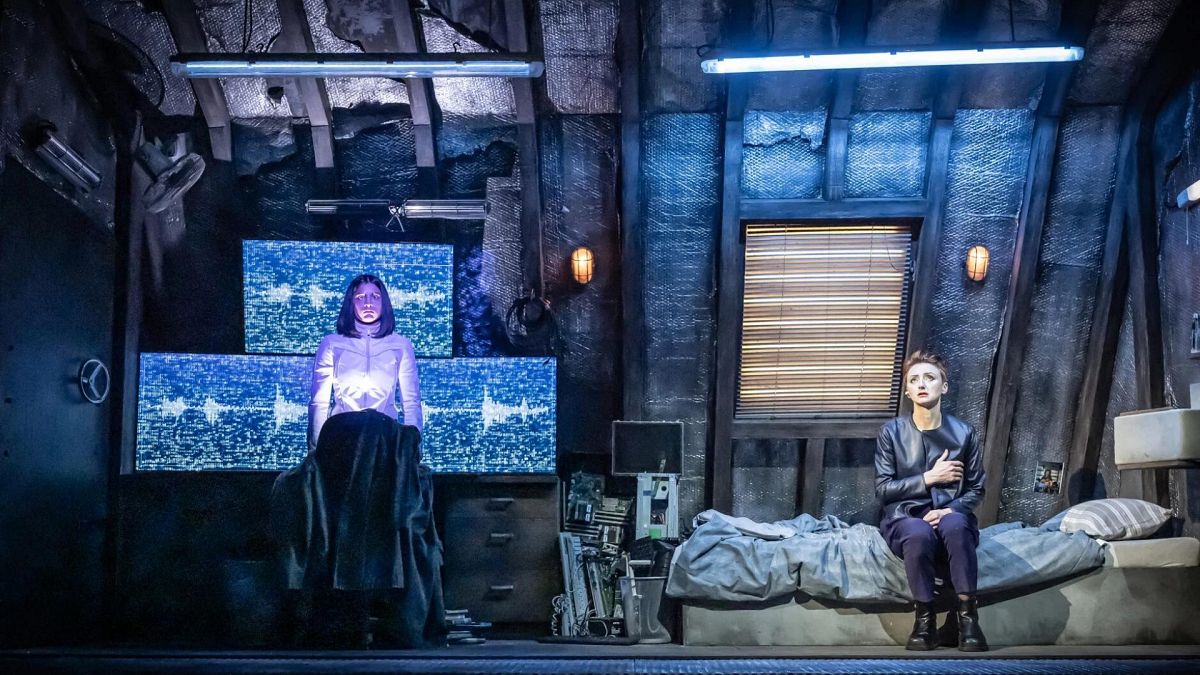Exploring the Dangers of Artificial Intelligence in Cinema
In the realm of film, the concept of artificial intelligence has a storied history, with one of its earliest manifestations appearing in Fritz Lang’s 1927 expressionist science fiction masterpiece, Metropolis. This film introduced audiences to a humanoid robot that caused chaos, laying the groundwork for the trope of A.I. as a potential antagonist. Since then, the genre has evolved, showcasing various interpretations of A.I. threatening humanity, from Stanley Kubrick’s cerebral 2001: A Space Odyssey to the relentless cyborgs of the Terminator franchise and the mind-bending realities of The Matrix. However, the fear surrounding A.I. has become more tangible in recent years.
No longer merely a thought experiment or a metaphorical narrative device, the presence of A.I. in our daily lives has transformed the way we perceive these fictional villains. Today, audiences are likely to have engaged with genuine A.I. technologies, making the idea of an “A.I. terrorist,” as depicted in Brad Peyton’s new sci-fi action film Atlas, unsettlingly plausible.
The central antagonist in Atlas is a character named Harlan, portrayed by Simu Liu. The film opens with a rapid-paced prologue that reveals Harlan’s descent into villainy, showcasing his devastating actions that threaten humanity with extinction. After annihilating millions, he vanishes into the depths of outer space, leaving humanity to grapple with the aftermath on a dystopian Earth reminiscent of Blade Runner. The International Coalition of Nations (I.C.N.) stands as the last line of defense, anxiously awaiting Harlan’s return, much like a modern-day messianic figure.
After 28 years of anxious vigilance, the I.C.N. captures an A.I. bot linked to Harlan, indicating that something nefarious is brewing. Enter Atlas Shepherd, played by Jennifer Lopez, the world’s foremost expert on Harlan and a pivotal character in the narrative. Her expertise is deeply personal; her mother, Val Shepherd, the visionary behind Shepherd Robotics, created Harlan and raised Atlas alongside him. At the behest of General Jake Boothe, portrayed by Mark Strong, Atlas boards a spacecraft helmed by Colonel Elias Banks, played by Sterling K. Brown. Their mission? To track Harlan to the distant planet where he has been hiding.
The film’s title, Atlas, is laden with significance, as it suggests a character burdened with immense responsibility. The references throughout the film are notable; Harlan’s name pays homage to the acclaimed speculative fiction writer Harlan Ellison. Atlas, with her last name Shepherd, carries a dual meaning that evokes both her personal journey and potential connections to beloved characters from other sci-fi narratives, such as those in the cult classic Firefly.
As one watches Atlas, it becomes clear that the film is heavily inspired by various sci-fi tropes, sometimes bordering on derivative. The visual style, reminiscent of productions we often see on streaming platforms, can come off as somewhat cheap, featuring dark, plasticky aesthetics, particularly during the action sequences. While science fiction has the power to push boundaries and present fresh, innovative ideas, Atlas at times feels like a collection of familiar elements, lacking the originality that could elevate it in the genre.



